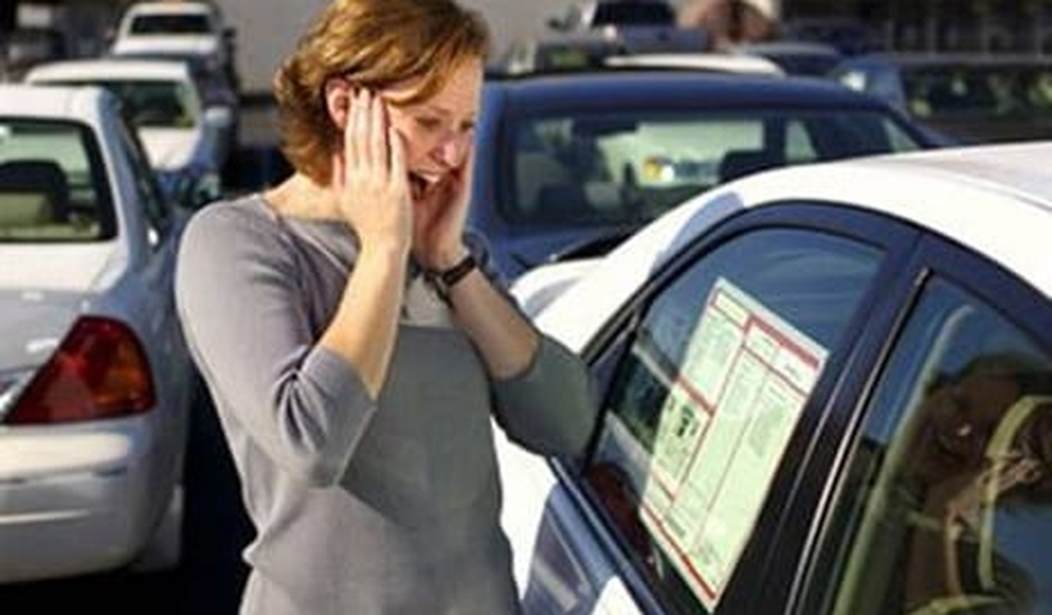WASHINGTON – A comprehensive review has found that young people will see the largest increases to their health insurance premiums and insurance costs will go up in all but fives states for which data is available.
Enrollment in the Affordable Care Act’s (ACA) insurance exchanges has proven to be a somewhat daunting process amidst technical glitches and delays. A recent report says once individuals are able to get a quote for health insurance on an exchange, they might experience “sticker shock.”
Heritage Foundation analyst Drew Gonshorowski’s research showed that for most states premiums are higher compared to what was previously available before the rollout of the exchanges. For example, in the state of Oklahoma premiums increased by 60 percent for 27 year olds. Meanwhile, premiums have gone up by 175 percent for similarly aged Americans living in Arkansas. In the state of Texas, increases are even greater as premiums doubled for 27 year olds.
Gonshorowski’s analysis shows the hardest hit by the rate increases will be young adults. The ACA increases premiums for young people in at least 11 states by more than 100 percent. Many states double or nearly triple premiums for young adults. Arizona, Arkansas, Georgia, Kansas, and Vermont see some of the largest increases in premiums in the nation.
“A state that exhibits this clearly is Vermont, where the increase for 27 year olds is 144 percent and the increase for 50 year olds is still 60 percent, but far less,” he writes. “All states exhibit this relationship.”
The Heritage Foundation study uses a model to estimate what premium rates have been previously and what the new rates would be, using census data and weighted averages similar to those used by the Department of Health and Human Services. The study includes the 46 states and the District of Columbia.
Speaking at a panel Wednesday, Gonshorowski said there are many reasons for the increases in premiums, but one of the main drivers is the so-called “community rating” which limits flexibility for calculating premiums for a given risk pool.
“In the case of the Affordable Care Act premiums are allowed to be adjusted by age, within an age band, but not other factors,” he said. Gonshorowski added that before the ACA all states had an age band compression of 5 to 1, meaning that premiums for older enrollees could not be five times higher than for younger people.
“The ACA lowers this ratio to 3 to 1. This limitation leads to direct cost subsidization where lower-cost individuals pay more for premiums to mitigate costs for higher costs enrollees,” he said.
Larry Patterson, owner of a small glass shop in Dallas, Texas, said before the ACA came into effect he provided health insurance to his employees and even contributed money to their health savings account. After some of the early provisions of the ACA kicked in, he could no longer afford group coverage because of a rate increase and had to stop the contributions to his employees’ health savings account.
He noted that his employees under 27 years of age have opted to stay on their parents’ health plans, which has resulted in higher rates by skewing the average age of those left in the group.
The ACA includes a provision that allows young adults to remain on a parent’s private health plan until 26.
The enrollment of low-cost young adults is essential for the ACA, as noted by Ezekiel Emanuel, one of the architects of the federal healthcare law.
In May, Emanuel said he worried young people would be “bewildered” by health reform in general and the insurance exchanges in particular.
“The consequence would be a disproportionate number of older and sicker people purchasing insurance, which will raise insurance premiums and, in turn, discourage more people from enrolling. This reluctance to enroll would damage a key aspect of reform,” Emanuel wrote.
Many young adults face a penalty for not enrolling that is projected to be far less than the costs of insurance coverage they could receive, Gonshorowski said.
The penalty for non-compliance starts at $95 for the first year.
If low-cost individuals are encouraged to pay the penalty and are not participating in the exchanges because of high premiums and other associated costs, the risk pool could be dominated by higher-cost enrollees, leading to further increases in premiums. This could begin a “rate spiral,” Gonshorowski said, which would drive even more young people out of the market.
Gonshorowski’s analysis, however, also shows that some states will see reductions in premiums.
Young people in New York are expected to see a nearly 29 percent price reduction. And for young people in Colorado, premiums are down 30 percent thanks to the exchanges. Residents of New Jersey, Rhode Island, and Ohio will also see the costs go down
He explained that this is because those states have already over-regulated insurance markets that have led to sharply higher premiums through adverse selection.
“If you are already regulated to a point that looks and smells like the ACA,” he said, “when you actually adapt to the law, then you are not adapting so much.”
The Congressional Budget Office estimated that around 7 million people will enroll in the exchanges in the first year. This means that approximately 270,000 would have to enroll each week.
The Obama administration has yet to release official numbers regarding how many Americans have signed up for insurance. White House spokesman Jay Carney said Wednesday the initial numbers will be released in mid-November.
The administration has projected that 500,000 people would enroll in the first month. As of Tuesday, however, Gonshorowski said roughly 50,000 people have enrolled in the exchanges. This means that at the current rate it would take nearly 50 years to sign up the 30 million projected to be enrolled within the next five.









Join the conversation as a VIP Member